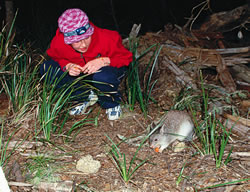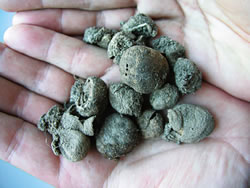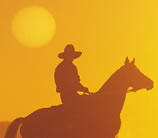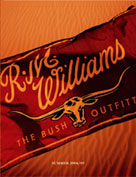NATURAL OUTBACK
 Betting on the bettong
Betting on the bettong
The bettong, better known as the ‘rat kangaroo’, once proliferated in eastern Australia. A program in northern NSW is helping to save the endangered rufous bettong, a macropod that plays an important part in forest ecosystems.
Story Kirsty McKenzie Photos Ken Brass
What’s in a name? A lot, according to zoologist Dr Karl Vernes. For example, he wonders whether the species known as ‘rat kangaroos’ were known by their proper name of bettongs, public concern for their vulnerability would be higher and the surviving population larger.
 Dr Vernes, a lecturer
in vertebrate ecology in the Department of Ecosystem Management at the
University of New England (UNE) at Armidale, NSW, has devoted
much of his career to the conservation and management of threatened species
– especially bettongs. He thinks the rat kangaroo moniker has somewhat
tarnished bettongs’ image. In fact, bettongs – one of the smaller species
of macropods
consisting of more than 50 kinds of kangaroos, potaroos and wallabies –
are among the cutest yet most vulnerable members of the family.
Dr Vernes, a lecturer
in vertebrate ecology in the Department of Ecosystem Management at the
University of New England (UNE) at Armidale, NSW, has devoted
much of his career to the conservation and management of threatened species
– especially bettongs. He thinks the rat kangaroo moniker has somewhat
tarnished bettongs’ image. In fact, bettongs – one of the smaller species
of macropods
consisting of more than 50 kinds of kangaroos, potaroos and wallabies –
are among the cutest yet most vulnerable members of the family.
Karl Vernes’ current interest is in a small rufous bettong (Aepyprymnus
rufescens) colony that lives in the New England region of northern NSW.
Rufous bettongs
are about the size of a large rabbit, have short muzzles, small, rounded
ears and fur that is reddish-brown (rufous). They live alone in small
nests they build for themselves from leaves, grass and bark. ![]()
Full story OUTBACK Issue 35 June/July 2004


